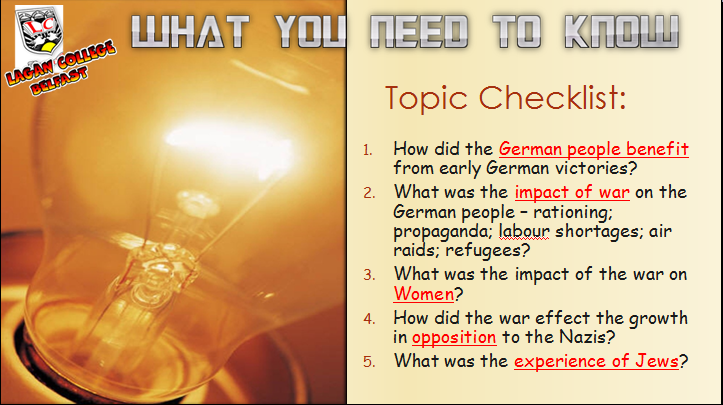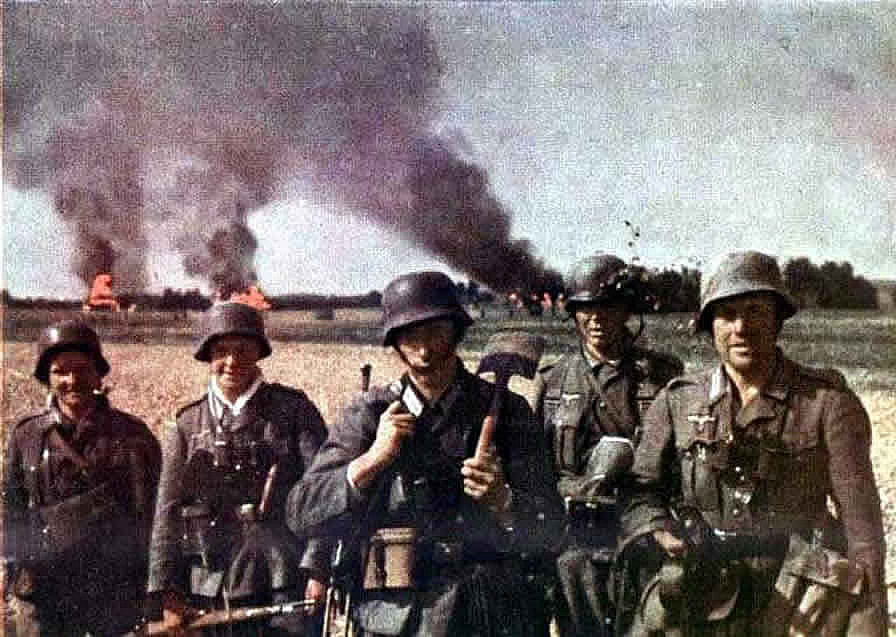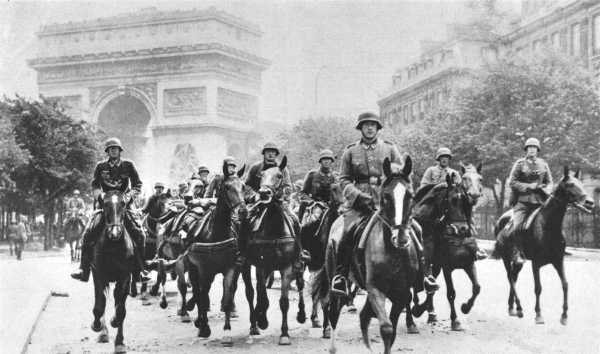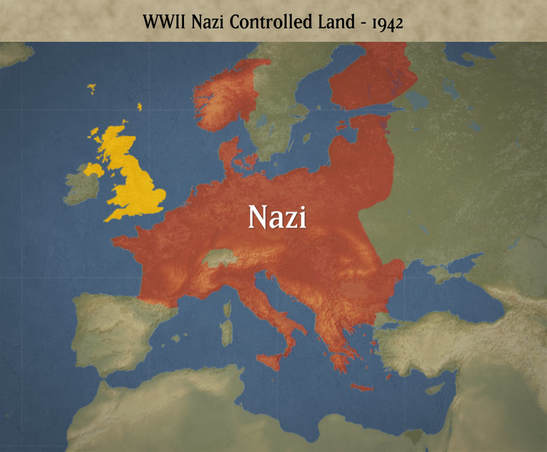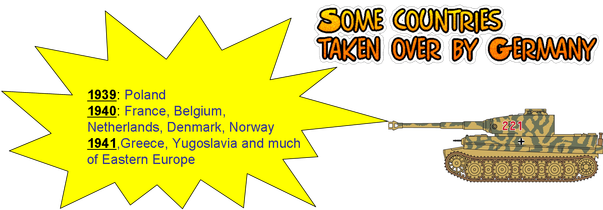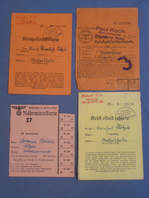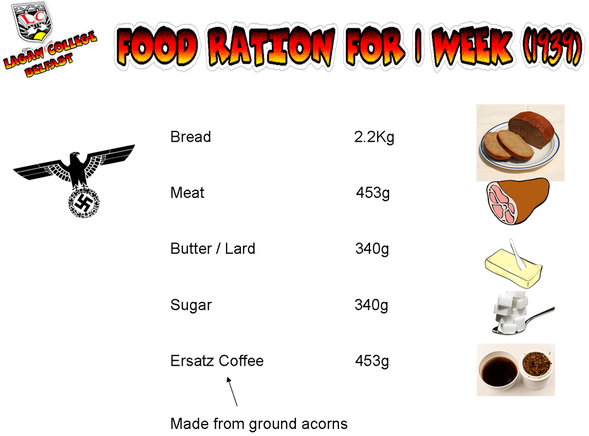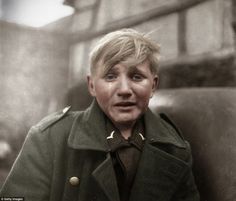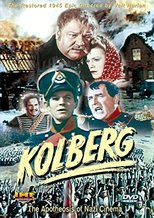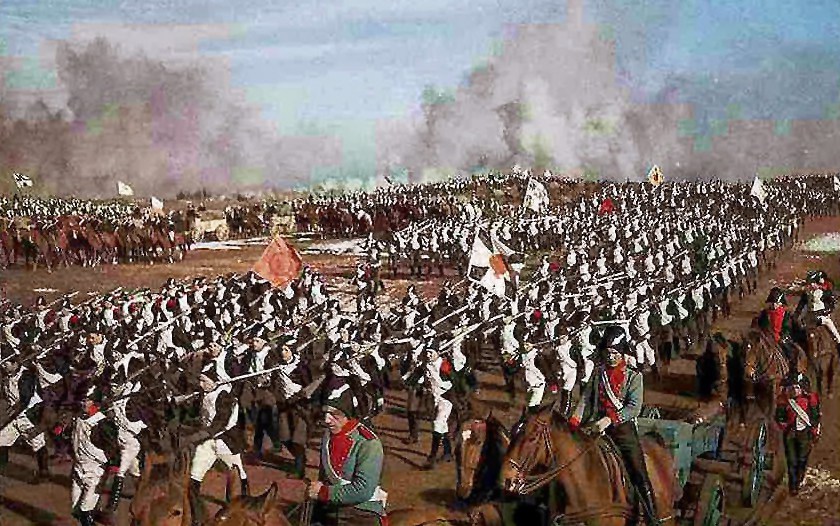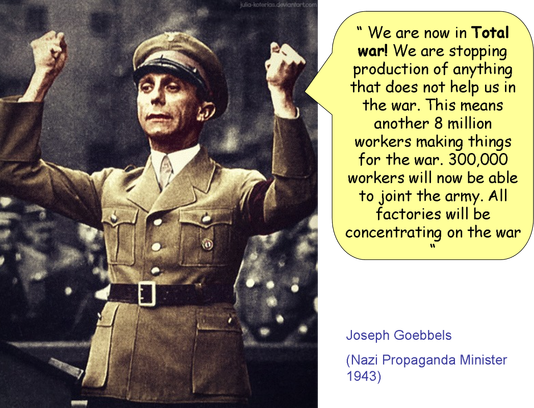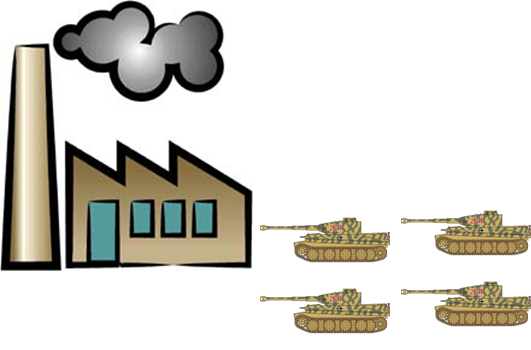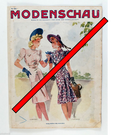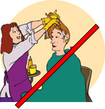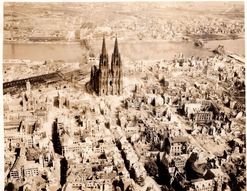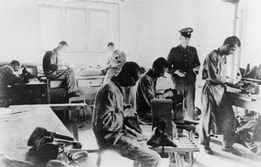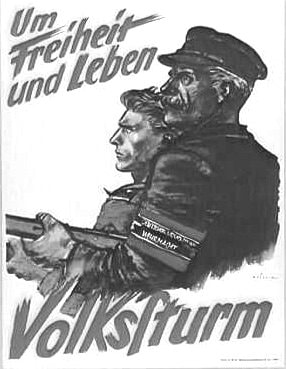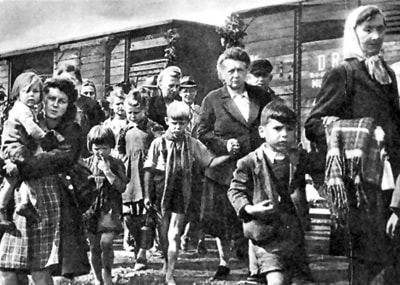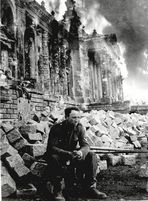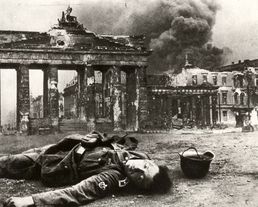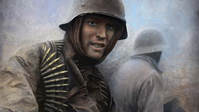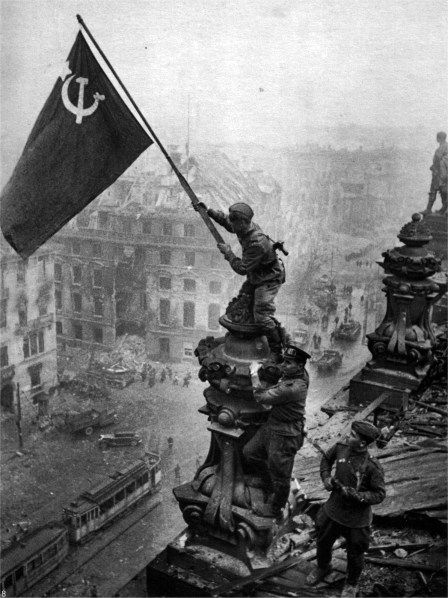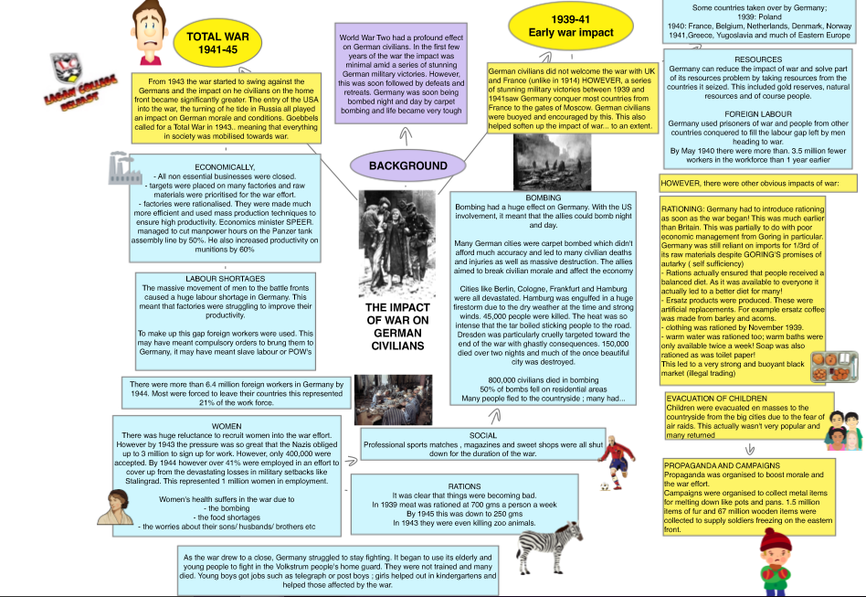Germany had been actively been preparing for war since 1935. However, when it began in September 1939 it was a shock to many Germans. There was none of the euphoria of 1914 when cheering crowds waved the troops off to the First World war. In fact many Germans had horrific memories of 1914-18 and had no wish to see it repeated. Many Germans had in fact supported Hitler for his uncanny way of achieving his goals - in the Rhineland ; Austrian reunification and taking over Czechoslovakia - peacefully. Until 1939 Hitler had threatened war BUT avoided it.
|
However, the Second World War began very well for Germany: HOW?
|
HOWEVER, from 1942 the War began to go badly for Germany.
- The Nazi armies were gradually being forced to a standstill and in some cases a retreat. The war in Russia in particular was turning against the Germans with the effect of extremely cold winters and strengthening Soviet resistance. Military defeats like Stalingrad were devastating and could not be hidden for long from the German people.
- These setbacks had political consequences as the German people began to lose confidence in Hitler and the Nazis
- The Nazi state gradually began to be put under severe pressure. Nazi policies on Women, Jews and the economy was disrupted by the war.
- There were increased Opposition groups to Hitler and the Nazis who disagreed with the war, the Nazis themselves or Nazi policies against the Jews. Even the army began to plan to assassinate Hitler.
- The so called Jewish Problem was also intensified as millions more Jews were now in countries occupied by Nazi Germany. This led to the Holocaust
- Rations were introduced as early as 1939 for Germany - showing how ill prepared they were for war at that stage.
- The war drained German resources leading to food and material shortages and civilian deaths.
RATIONING
|
Rationing was introduced earlier in Germany (1939) and to a much greater extent than in Britain. However, the first year of the war went well for Germany with huge stocks of wine, food, luxury goods, clothing, fur coats dresses and perfumes imported (or stolen) from other countries. Rationing however had to continue.
Germans received SEVEN food ration cards - colour coded for different foods. |
- Extra rations were given to workers in heavy industries such as steel workers or mining. They were also given to pregnant women the sick and blood donors.
- These rations were actually calculated as being a healthy and nutritious diet. Indeed, as in Britain, the diet was so healthy that about 1/3rd of the German population ate a better diet than they had before the war.
- However, as the war went on and things became more difficult, things began to change. The rations was more monotonous with smaller amounts of meat, 1 single egg and black rye bread and some vegetables.
- Bread was even sold slightly stale as it took longer to chew and therefore people ate less
- Clothing rations were introduced long before Britain in 1939. Some items such as warm winter clothes and new shoes became very difficult to obtain (much of this was used to clothe the troops in Russian winters)
- Germans were encouraged to contribute and donated 1.5 million items of fur and 67 million items of wool for soldiers on the Eastern Front.
- Hot baths were also rationed to only 2 days a week. Soap was also rationed
- Toilet paper was not available.
- Cigarettes became difficult to obtain and became almost a currency in themselves. They were exchanged for food and other goods.
- It was soon apparent that many items were simply not available or very hard to obtain. Shop Windows would show attractive displays. However, they were not what they seemed. Often they were replicas. Bottles of salt for example was made to resemble milk (which was hard to get) Shop windows would display signs saying 'For display only'
- Shortages like this led to a flourishing black market - where things could be bought sold or bartered - illegally.
- In the final 12 months of the war many ration cards were not even being accepted on many items.
- FACT: By 1945 some Germans were eating zoo animals such was the hunger and lack of food.
DEAD AND WOUNDED
|
As the war progressed things went from bad to worse for Germany with major defeats in Africa and especially Stalingrad in Russia, where over 200,000 German troops were surrounded. Germans became a lot more accustomed to receiving news of dead relatives and seeing hospital trains bringing severely wounded men home from battles.
Young people in the Hitler Youth and even the more elderly were gradually being forced into the VOLKSSTURM: the home guard. This was to replace the thousands of casualties in Germany. |
PROPAGANDA
|
This became more and more important as the war turned against Germany. Keeping morale high was a priority. Various campaigns were started to encourage people to make more effort . People were urged to save fuel and work harder for victory. A campaign to collect pots and pans to be melted down for weapons was started to show Germans participating towards 'victory' Goebbels used Film as a method of Propaganda. He had films made in colour at a time when it was hugely expensive. He also went to extraordinary lengths to produce propaganda movies. One famous one is KOLBERG - showing heroic German resistance to Napoleon in 1807. It was shown in January 1945 in an effort to encourage the German people to resist against the odds. The film cost 8.5 million marks to make; used 200,000 soldiers as extras (at a time when Germany needed every soldier it had!) It used 100 trucks of salt for snow in just one scene. |
TOTAL WAR
By 1943 it was clear things were not going well for Germany. The Nazi leadership took the decision to concentrate totally on the war, switching everything from factory production to workers into the winning of the war. This was called TOTAL WAR. Every part of society would be focused on victory
|
WHAT SORTS OF THINGS DID TOTAL WAR INVOLVE?
|
BOMBING
|
Bombing had a huge effect on Germany. With American involvement in the war from 1942, it meant that the allies could bomb night and day. (USAF by day and RAF by night)
|
|
LABOUR SHORTAGES
|
Germany suffered hugely from a labour crisis - How to man its factories when so many German men were fighting. For example by May 1940 there were more than. 3.5 million fewer workers in the workforce than 1 year earlier due to the war!
|
The Nazi's had a key role for women in Germany. This involved staying at home and concentrating on the 3K's - Children, Church and Kitchen.
However, the war changed all this. As early as 1937 there was a skills shortage in Germany as factories found it hard to find labour. (Remember: Factories were busier, due to in part rearmament, conscription took a lot of men out of the labour market, women and Jews were restricted from working) World War two would heighten this severely with so many men heading to the front lines.
To stem the effects of this, as early as 1937 the Nazis would reluctantly introduce A DUTY YEAR whereby women were permitted to 'work patriotically' in key industries for a year..
In 1943 in response to the call for Total War it was attempted to force 3 million women into work. This was only partially successful with 400,000 joining up for war work. However, by 1944 over 41% were employed (1 million) in an effort to cover up military set backs.
Women's health began to decline significantly due to bombing, stress, food shortages and worry about family at war and at home.
However, the war changed all this. As early as 1937 there was a skills shortage in Germany as factories found it hard to find labour. (Remember: Factories were busier, due to in part rearmament, conscription took a lot of men out of the labour market, women and Jews were restricted from working) World War two would heighten this severely with so many men heading to the front lines.
To stem the effects of this, as early as 1937 the Nazis would reluctantly introduce A DUTY YEAR whereby women were permitted to 'work patriotically' in key industries for a year..
In 1943 in response to the call for Total War it was attempted to force 3 million women into work. This was only partially successful with 400,000 joining up for war work. However, by 1944 over 41% were employed (1 million) in an effort to cover up military set backs.
Women's health began to decline significantly due to bombing, stress, food shortages and worry about family at war and at home.
1944-45 FAILURE & DEFEAT FOR GERMANY
|
By 1944 things were very bad for Germany on all fronts. The Western allies (UK and US) had invaded Europe on D Day and were pushing steadily closer to Germany. On the eastern front the USSR was relentless and the Germans were being pushed back towards their own borders. This sent a stream of refugees into Germany fleeing the oncoming advance. This put huge pressures on a Germany already struggling.
In July 1944 Goebbels was appointed REICH TRUSTEE OF TOTAL WAR. He ordered the following:
FACT: By 1945 almost as many civilians had been killed by the effects of allied bombing as German soldiers had died in combat. |
Berlin - the end. May 1945
|
With the Allies closing in and about to take Berlin itself Hitler and many other leading Nazis committed suicide. This led to the end of the Nazi regime after unimaginable human suffering
For many Germans however the suffering was not at an end. 16 million German refugees found themselves homeless due to the war. Their homes were seized and millions were forcibly removed from countries like Poland and Czechoslovakia. Up to 2 million German refugees would die in this move from exhaustion, cold and hunger. |
|
|
|
|
|
|
|
|
|
© J Wishart / Rita Morgan 2017-18
